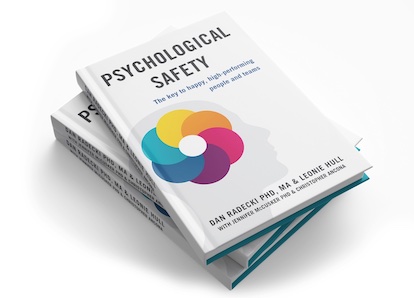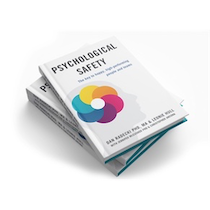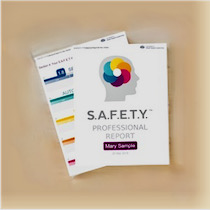In the realm of building psychologically safe teams, the focus often lies on group dynamics, with the leader bearing the responsibility. But is this approach fair, and more importantly, is this approach sustainable considering how our brain works, and how the psychological safety needs of team members can be so diverse and intangible?
Bill Gates summed it up nicely when he said:
“As we look ahead into the next century, leaders will be those who empower others”.
The journey towards building psychologically safe teams is multifaceted, involving a deep understanding of individual needs and behaviors. The realization that psychological safety extends beyond mere group dynamics to encompass individual empowerment demands a paradigm shift in how we lead.
In our 15+ years of experience, the most effective approach is one that distributes the responsibility and accountability across the team by equipping individuals with the awareness, language, skills and tools to:
- understand their personal psych safety drivers
- communicate and nurture their needs
- effectively manage their psych safety triggers
- value and support other’s psych safety needs
The International Organization for Standardization (ISO) supports this with a directive that underscores the significance of worker representation in managing psych safety risks, emphasizing the importance of individual involvement in the process.
At ABL, through the S.A.F.E.TY.™ assessment and training, we cultivate self-awareness of personal psychological safety needs and triggers, providing insight into their potential impacts as well as strategies to facilitate safe, intentional practices and interactions within teams.
Recognizing the detrimental effects of toxic environments that lack psychological safety, the importance of effectively addressing triggers and stressors in the workplace can not be more strongly emphasized. This is often overlooked in traditional Psychological Safety training.
Despite our best efforts, it is inevitable that we will both be triggered and will unintentionally trigger others. As such, a core responsibility of any psychological safety training is to help individuals unpack their psychological safety triggers and help them mitigate their stress and build resilience by providing them with practical, research-driven strategies to:
- regulate the harmful stress response
- manage their reactive behavior, and
- create new healthy behaviors and habits
In conclusion, a brain-based approach to creating and maintaining psych safety within a team is not only effective but necessary to optimize results. By prioritizing individual empowerment, we lay the groundwork for truly building and sustaining personal and collective psychological safety.
In this manner, we are attacking the root of the problem and not merely the symptoms, paving the way for transformative change in workplace dynamics and beyond.
Learn more about ABL’s S.A.F.E.T.Y.™ Model and Accreditation Program here.














